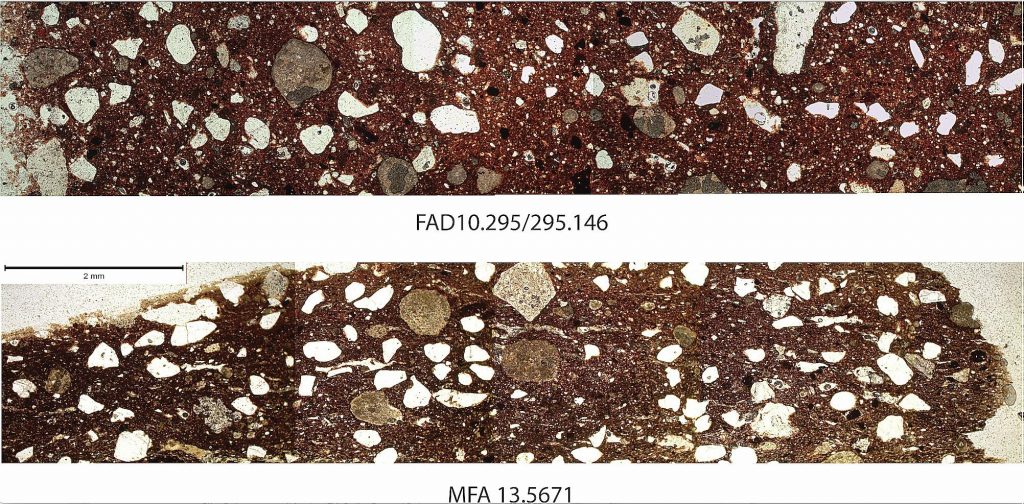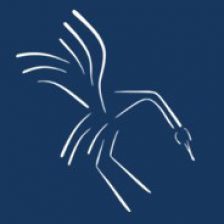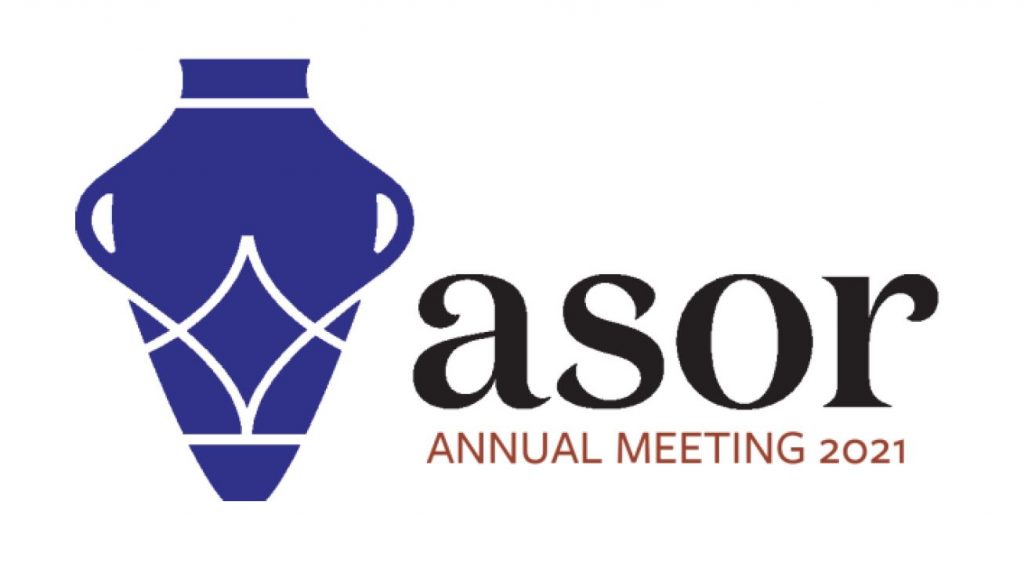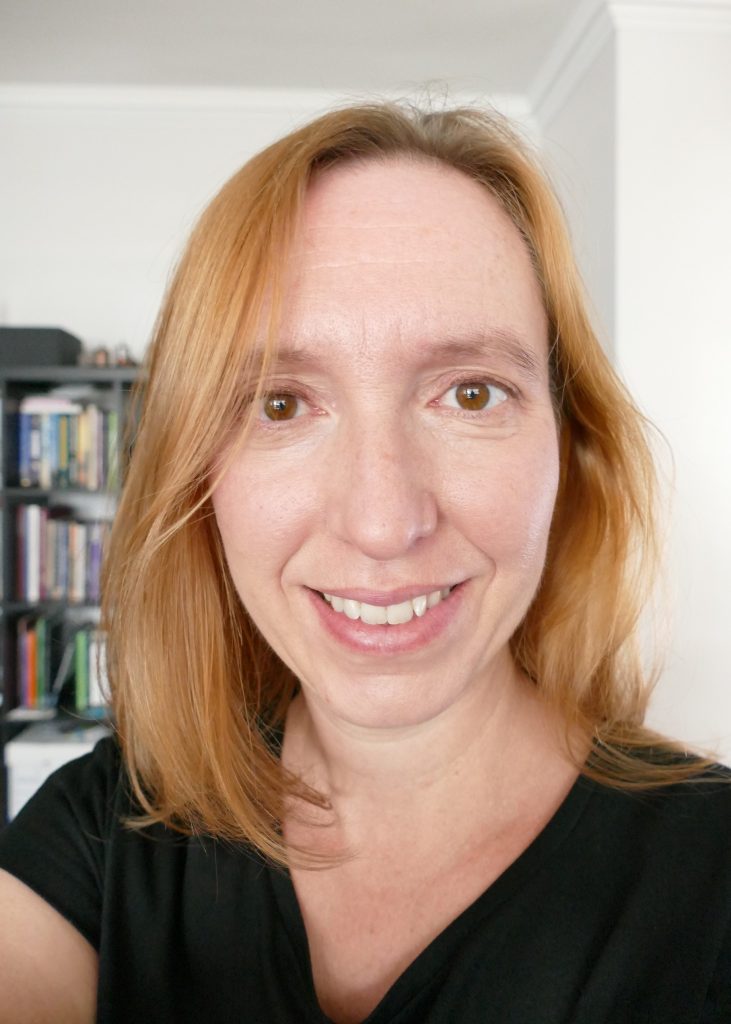Kamal Badreshany, Karin Sowada, Mary Ownby, Mathilde Jean, Michel De Vreeze, Alice McClymont, Graham Philip (2022) The characterisation of ceramic production from the central Levant and Egyptian trade in the Pyramid Age. Journal of Archaeological Science: Reports, 41, pp. 103309.

Abstract
A recent petrographic study of ceramic jars from Giza imported into Egypt during the 4th Dynasty of the Pyramid Age (c. 2613–2494 BCE) identified the original production zone as the Lebanese coast generally between Beirut and Tripoli, including the region of Byblos. The jars and their contents were imported to Egypt by maritime trade expeditions conducted at the behest of the Egyptian state. This study analyses a selection of these ceramic samples using ICP-AES and -MS for comparison with published data from the region of Byblos. The results not only confirmed the underlying petrography, but together with new evidence from Lebanon suggests the vessels likely belonged to specialised workshop production in the Byblos environs and were made specifically for export to Egypt. The finding sheds new light on the relationship between the Egyptian state and the polity of Byblos in the Early Bronze Age, indicating the presence of standardised local production and commodity procurement mechanisms tailored to the needs of a large trade entity. This relationship in turn delivered significant prestige and status to local elites in an environment of competitive local peer-polity interactions.




